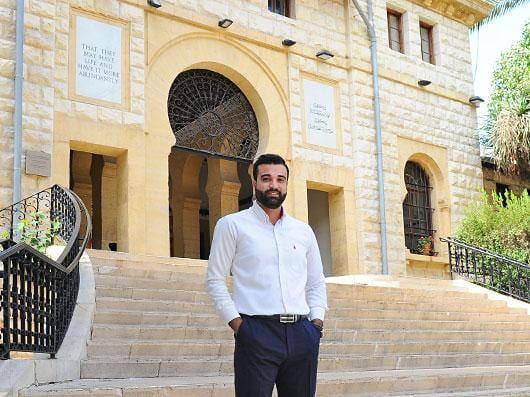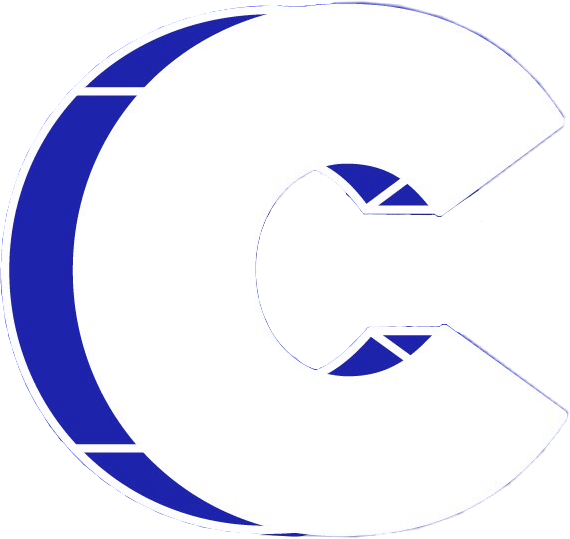Fouad Maksoud
Fouad Maksoud
Written by Malek Succar

If you would ask Fouad Maksoud today to sum up his journey in research and innovation, he would most probably slip in that quote one way or another. Indeed, Fouad’s story in advancing the frontiers of science and technology couldn’t be better described than this.
Fouad Maksoud Junior, from Alman El-Chouf, earned his Master’s in Chemical Engineering from AUB in 2016, after earning both a Bachelor’s in Chemical Engineering from USEK and another one in Biochemistry from the Lebanese University. While at AUB, Fouad knew he wanted to pursue research. Very much passionate about his field, Fouad discussed with his professors about ongoing research when he heard about Electrospinning Nanotechnology. Although it was very new at the time, Fouad took that risk and decided to delve deeply into it, and this is when an endless story of hard work, self-growth and ultimate success began.
The technology began with a quite straightforward goal: Making clothing waterproof, yet breathable and protective, by ejecting a special chemical solution from a nozzle onto the designated textile. Guided along the road by his advisor, Professor Ali Tehrani, and with a lot of intense work and sleepless nights, he managed to publish 3 papers in a very short amount of time and gained huge experimental knowledge. Fouad gives his sincerest thanks to Professor Tehrani, whom he considers not only an advisor but also a lifelong friend and supporter who has had such a great impact on Fouad’s critical and creative thinking. To thank his professor, he named his machine “AT711” after Dr. Tehrani’s email.
Nanoskin is a half a ton machine, consisting of 1060 nozzles, designed to directly coat our clothes with biodegradable and bioabsorbable nanofibers, changing the nature of the textile. The coating does not only provide waterproof and antibacterial protection from the outside, but it is also implanted with a drug delivery

He concluded by saying : “You join AUB as a carbon atom, and I believe that the rigorous AUB system that pushes you every day to work hard will eventually turn that carbon into diamond.”
Related Articles
Word From Faculty Member
Word from faculty member... Like all of you, we find ourselves in a new world this Spring, trying to adjust to the reality of life during the COVID-19 pandemic in Lebanon and all over the world. While the landscape is changing daily, as of this writing on May 04,...
Editorial Note
Dear readers, In the midst of fighting for a better future, surviving a pandemic and coping with the distress of the 4th of August explosion, MSFEA students across all majors attempted to channel their energy into a productive and positive mindset. Whether it was...
Supermileage Car
Written by Dalia Bekdache Aeolus, named after the Greek God of the Winds, is the newest edition of the AUB Supermileage lineage in 2019-2020, and this year’s team is planning to set another innovative standard at the American University of Beirut. The AUB Supermileage...
